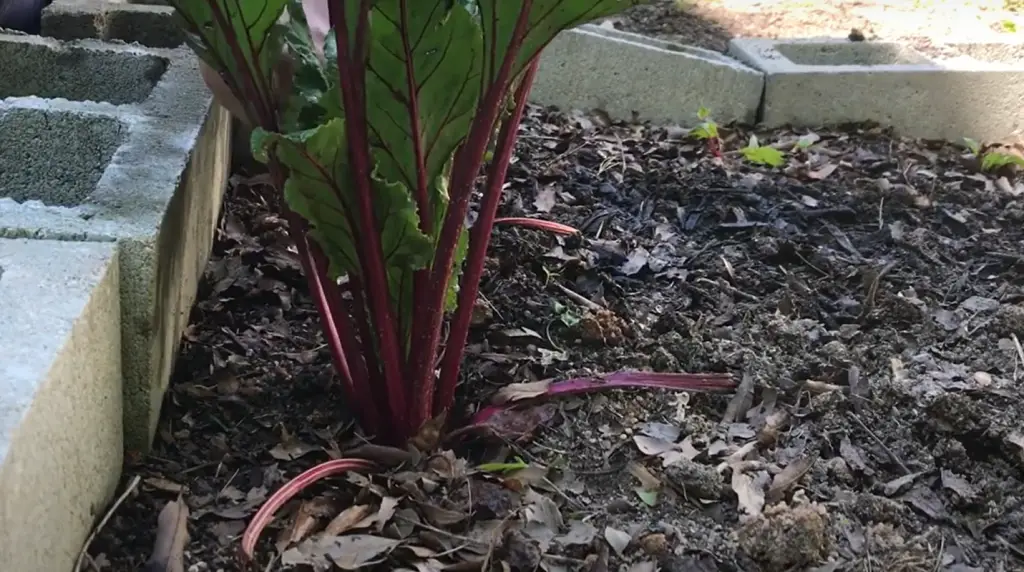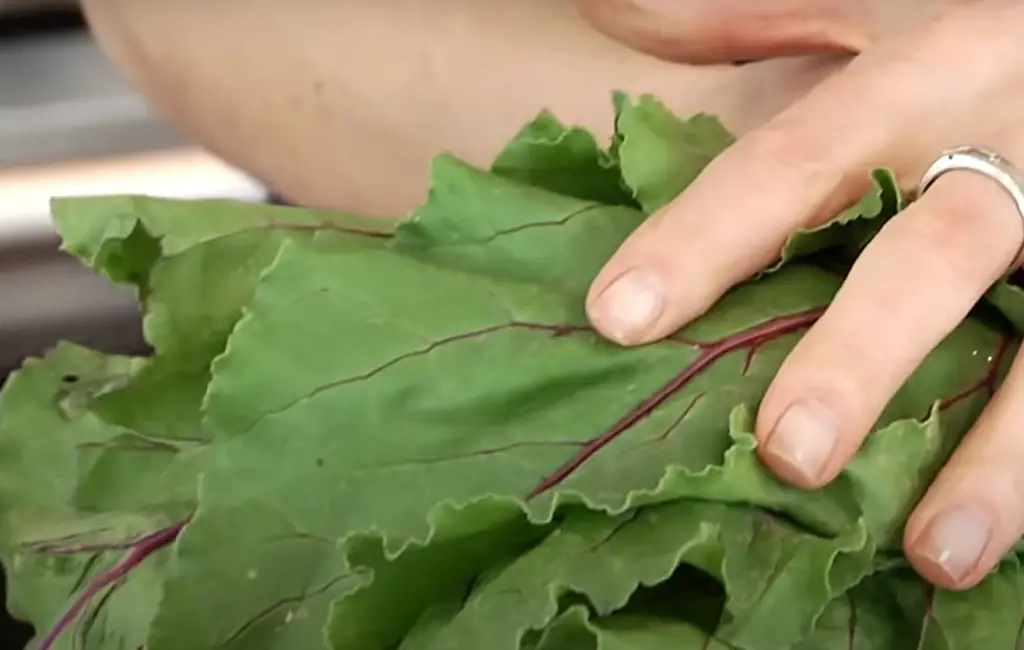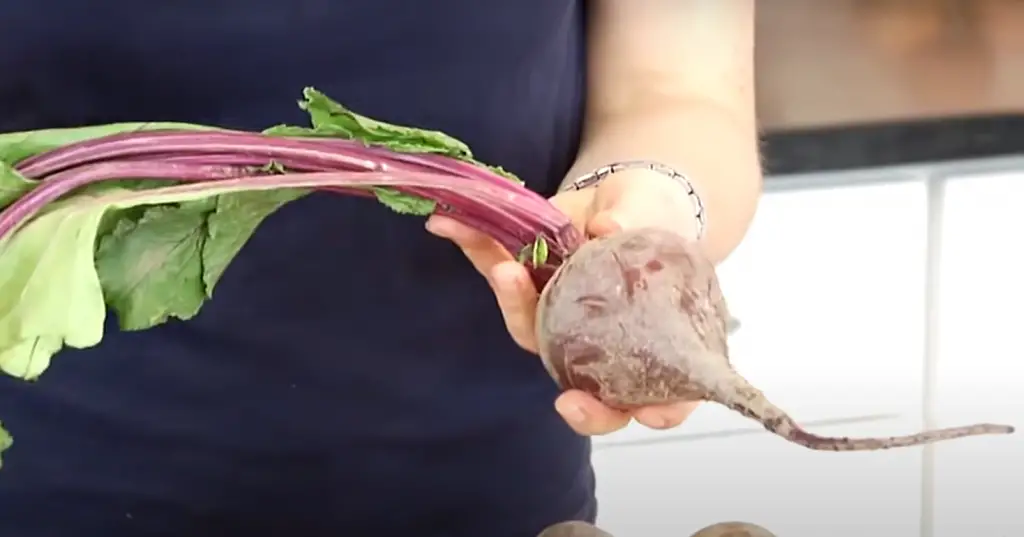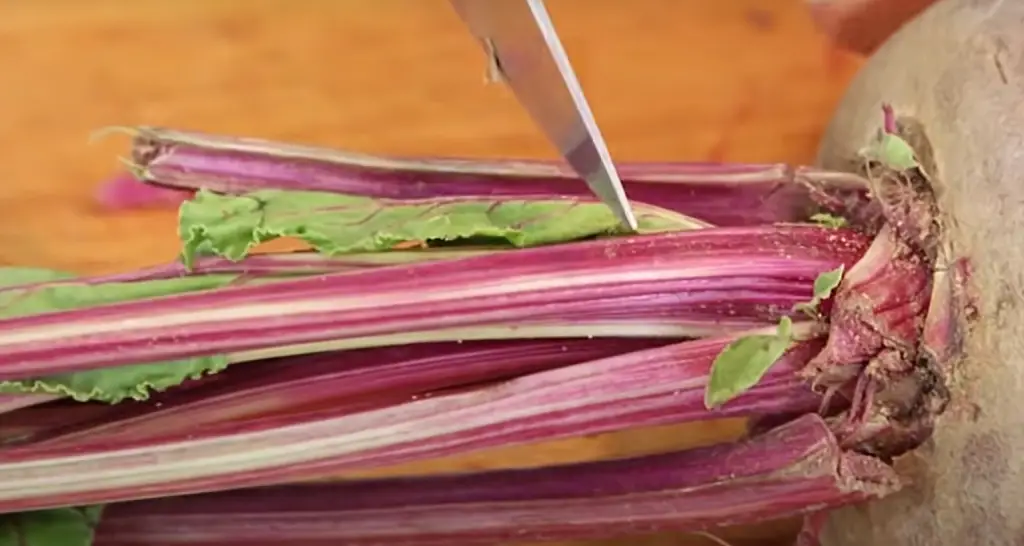If you’re like most gardeners, you’ve probably grown beets at some point. Beets are a great crop to grow – they’re easy to grow, and they taste delicious! But what do you do with them once they’re harvested? If you don’t eat them all fresh, you’ll need to store them somehow. In this article, we will answer some common questions about how to store beets from the garden. We’ll also provide some helpful tips that will make the process a little easier for you.
When to Harvest Beets
Beets are typically ready to harvest about 60 days after planting. However, this can vary depending on the variety of beet that you’re growing. To check if your beets are ready to harvest, simply pull one out of the ground and give it a try. If it’s tender and easy to eat, then it’s probably time to harvest your crop!

If you’re unsure whether or not your beets are ready to harvest, you can always ask your local gardening store for advice. They will likely have experience with the different varieties of beets and will be able to tell you when they think yours are ready.[2]
Once you’ve decided to harvest your beets, make sure to do so in a timely manner.
How to Harvest Beets
The best time to harvest beets is in the morning, after the dew has evaporated but before the heat of the day sets in. Using a sharp knife or garden tool, cut the beet greens about an inch above the beet root. Beets can be harvested at any size, but they are typically tender when they are about two inches in diameter.
After harvesting, it is important to remove any dirt or debris from the roots. Gently brush off any dirt with your hands or a soft cloth. If the roots are very dirty, you can rinse them with cool water. Once they are clean, place them in a colander or on a towel to dry.[2]
How to Choose Beets for Storage
The first step in learning how to store beets from the garden is choosing the right beets for storage. When selecting beets, look for those that are uniform in size and shape. Avoid any with blemishes or bruises.
Once you’ve chosen your beets, wash them thoroughly. Remove any dirt or debris that may have accumulated on the surface of the beet. Trim off the leaves, leaving about an inch of stem attached to the beet.[5]

Now that you know how to choose and prepare your beets for storage, it’s time to learn how to store them properly.
How to Prepare Beets for Storage
To prepare beets for storage, first harvest them when they are about the size of a tennis ball. Cut the greens off, leaving about an inch of stem attached to the beet. Do not wash the beets at this time; instead, store them unwashed in a cool, dry place until you are ready to use them. Doing so will prevent them from absorbing too much water. When you are ready to use the beets, simply wash them and trim off the stem.[5]
One final tip: if you plan on storing beets for an extended period of time, consider canning or pickling them. Canning is a great way to preserve foods, and pickled beets are delicious!
How to Store Beets in the Fridge
If you’re looking to store your beets in the fridge, there are a few things you need to do. First, you’ll want to trim the leaves off of the beetroot. Once that’s done, give your beets a good wash and dry them off completely. Next, wrap each beet individually in a paper towel or place them in a mesh bag before putting them in the crisper drawer of your fridge.
One thing to keep in mind when storing beets in the fridge is that they will only last for about two weeks. After that, they’ll start to lose their flavor and texture. So if you’re not planning on eating them right away, it’s best to freeze them instead.
To freeze your beets, simply wash and dry them as you would for storing in the fridge. Then, wrap each beet individually in plastic wrap or place them in a freezer-safe bag. Be sure to label the bags with the date so you know how long they’ve been in there. Frozen beets will last for up to six months.
When you’re ready to use your frozen beets, thaw them overnight in the fridge or cook them straight from frozen. Just keep in mind that cooked beets will be softer than fresh ones, so you may want to adjust your recipes accordingly.[1]
How to Store Beets in a Root Cellar
If you’re lucky enough to have a root cellar, storing beets is easy. Simply wash the beets and cut off the greens (leaving about an inch of stem attached). Place the beets in a single layer on a bed of sand, sawdust, or straw. Cover with more sand, sawdust, or straw and store in a cool, dark place. Check on your beets every few weeks to make sure they are still fresh. If any start to rot, remove them from the storage area immediately.

Beets can also be stored in containers filled with sand, sawdust, or straw. Place the container in a cool, dark place and check on it every few weeks as well.[1]
How to Freeze Beets
If you have more beets than you can use fresh, freezing is a great option. Beets can be frozen whole, or they can be peeled and cut into cubes or slices first. To freeze whole beets, wash them well and trim off the leaves and roots. Cut any large beets in half so that they will fit better in your freezer bags. Place the prepared beets in freezer bags, seal them tightly, and label them with the date. Frozen beets will keep for up to a year.
To freeze peeled and cubed or sliced beets, follow the same steps as above but peel the beets before cutting them into cubes or slices. Blanched before freezing to stop the enzymatic process that causes them to lose their color and flavor. To blanch beets, cut them into cubes or slices and place them in boiling water for three minutes. Remove the beets from the boiling water and plunge them into ice water to stop the cooking process. Once they are cool, drain the beets and pat them dry with a towel. Place the prepared beets in freezer bags, seal them tightly, and label them with the date before placing them in the freezer. Frozen blanched beets will keep for up to eight months.[4]
When you are ready to use your frozen beets, thaw them in the refrigerator overnight or cook them directly from frozen by adding an extra minute or two to the cooking time.
How to store beets on the counter or the pantry
If you’re planning on eating your beets within the next few days, storing them on the counter is a perfectly fine option. Simply place them in a bowl or container with an inch or two of water at the bottom. You can also wrap the beets loosely in a damp paper towel before placing them in a plastic bag and storing in the fridge. Be sure to check on your beets every day or so, adding more water as needed and removing any that begin to rot.[4]
For long-term storage, you’ll need to keep your beets in the fridge or freezer.What to do with beet leaves
The tops of the beet are the leaves and they are completely edible. You can cook them like you would any other greens, or use them raw in a salad. They have a slightly sweet flavor and are very nutritious. If you’re not going to use the leaves right away, you can store them in the fridge for up to a week. Just be sure to wash them thoroughly before using.

Another option is to freeze the leaves. This is a great way to preserve them if you’re not going to use them right away. Just place them in a freezer bag and remove as much air as possible before sealing it shut. The frozen leaves will last for several months.[4]
Best way to cook beets
Beets are a delicious and nutritious root vegetable that can be enjoyed cooked or raw. When cooking beets, it is important to not overcook them as this can make them mushy. The best way to cook beets is to roast them in the oven at a moderate temperature until they are tender.
Another option for cooking beets is to boil them. Boiling beets is a quick and easy way to cook them, but it can also make them lose some of their nutrients. To prevent this, you can add the boiled beetroots to a salad or other dish where they will still get cooked but won’t lose as many nutrients.
Beets can be stored in the refrigerator for up to two weeks, but they will last longer if they are stored in a cool basement or cellar.[4]Other ways to preserve beets
If you’re looking for other ways to preserve your beets, pickling is always an option. You can find many recipes online for pickled beets, or you can try this simple one:
Ingredients:
- beets
- vinegar
- water
- sugar
- salt
- peppercorns (optional)
Simply boil the beets until they are tender. Cool them and slip the skins off. Cut them into quarters or slices, depending on your preference. Put them in a clean jar and cover with a mixture of vinegar, water, sugar, salt, and peppercorns (if desired). Seal the jar tightly and store in the refrigerator. The beets will be ready to eat in about a week.[4]
Where can you best store beets long term?
The ideal location to store beets long term is in a cool, dark, and dry place.

A basement or root cellar is often the perfect spot. If you don’t have either of those available, anywhere that meets those three criteria will work just fine. Just make sure to check on your beets periodically to ensure they’re still in good condition.[3]
FAQ
Should beets be washed before storing?
Yes, beets should be washed before storing. This will help to remove any dirt or debris that may be on the surface of the beet.
Washing the beet before storing it will also help to keep the storage area clean and free of contaminants.
It is important to note that if you are going to store the beet in water, you should not wash it until you are ready to use it. This is because washing can remove some of the natural sugars from the beet, which can impact its flavor.
How long are beets good for after picking?
Beets can last for up to two weeks after being picked from the garden. However, the fresher the beet, the better it will taste. If you plan on storing your beets for an extended period of time, it’s best to keep them in a cool, dark place such as a cellar or basement.
To extend the shelf life of your beets even further, you can pickle them. This will not only preserve the beets but also add a delicious tangy flavor that is perfect for salads or as a side dish.
Can you leave beets in the ground too long?
Yes, you can leave beets in the ground too long and they will become tough. It is best to harvest them when they are about the size of a golf ball. If you wait too long, you can still eat them, but they will not be as tender.
Another problem with leaving beets in the ground too long is that they will start to produce seed stalks. These stalks will take away energy from the beetroot itself, making it smaller.
If you do end up with tough beets, you can still use them! Just cook them longer or shred them and add them to soups or stews.
Can beets be left in the ground over winter?
The answer to this question depends on the climate where you live. In regions with cold winters, it’s best to harvest your beets before the first frost and store them indoors. However, in milder climates, you can leave beets in the ground and they will overwinter just fine.
If you do decide to leave your beets in the ground, make sure to mulch them well with straw or hay. This will insulate the roots and help prevent them from freezing.
How many beets do you get from one plant?
The average beet plant produces about 0.75 pounds of beets. However, this can vary depending on the variety of beet you are growing, as well as the conditions in which it is grown (such as soil type and amount of water).
If you are looking to preserve your beets for storage, you will want to harvest them when they are between two and four inches in diameter. If the beets are too small, they may not have enough flavor. If they are too large, they may be tough.
Useful Video:Harvesting Beets | When to Pick Beets & Store Them Long Term
Conclusion
Beets are a delicious and nutritious root vegetable that can be enjoyed fresh, cooked, or pickled. They’re easy to grow in the garden and can be stored for several months if you know how to do it correctly.
If you have any questions about how to store beets from the garden, feel free to leave a comment below and I’ll be happy to help! And don’t forget to check out my other blog post on how to store vegetables from the garden for even more tips.
References:
- https://www.purewow.com/food/how-to-store-beets
- https://harvesttotable.com/harvest-store-beets/
- https://www.tinygardenhabit.com/how-to-store-fresh-firm-beets-for-winter/?utm_source=rss&utm_medium=rss&utm_campaign=how-to-store-fresh-firm-beets-for-winter
- https://www.forkintheroad.co/how-to-store-beets/
- https://www.tipsbulletin.com/how-to-store-beets/










Leave a Reply
View Comments